3 Best Ways for CT Employees to Save For Retirement
Saving for retirement can sometimes feel like a formidable task. There are lots of strategies on the web that show you how to save, such as budgeting or eliminating debt. These are all important in the overall financial saving picture but another important thing to consider is where to put that saved money. This article will explore and breakdown the best investment vehicles to use to maximize your retirement savings.
Key Takeaways:
· 401k
· Roth IRA
· HSA
401k Plan
A 401k plan is a powerful saving instrument as the maximum contribution allowed is larger than most other retirement accounts. 401k contributions are made on a pre-tax basis which means the contribution will lower your taxable income for the year. The account grows in a tax deferred status, so you don’t pay taxes on dividends or interest until you start withdrawing from the account. This is more significant if you believe you will be in a lower tax bracket when you retire than while you are working and making contributions. The contributions are taken from your paycheck and deposited into your account which automates the investment process for you.
Some employers offer to match your contributions, in essence, giving you free money to invest. It is highly recommended that you take advantage of this match. Certain employers will give a set percentage even if you don’t contribute to the 401k while other’s will match your contribution up to a certain percentage of your salary.
401k contributions limits typically increase every year. In 2023, the contribution limit is $22,500. An individual who is over 50 years old can invest an additional $7,500 as a catch-up provision. There are a few total contribution limits between you and your employer which are:
· 100% of your total compensation
· $66,000 if you are under 50 years of age
· $73,500 if you are over 50 years of age
Some 401k plans allow you to take a loan and borrow the money. Typically, you can access a percentage of the account value and you pay yourself back principal and interest. Depending on the situation, this can be better than taking a hardship withdrawal and paying taxes and penalties. It is important to keep in mind that if you leave your current, you may have to pay the loan back in full. And if you can’t repay the loan, it will be considered a taxable distribution where you may pay taxes and penalties on the balance of the loan.
Most 401k plans fall are considered ERISA plans. The Employee Retirement Income Security Act (ERISA) is a law that sets minimum standards and protects participants in a 401k plan from mismanagement. The fiduciaries of the plan are required to provide accountability of their management and can be sued if there is any breach in their duty. The law also protects your account from creditors, bankruptcy, and civil lawsuits. For a more in depth explanation of the law, please visit ERISA | U.S. Department of Labor (dol.gov).
There are some disadvantages to a 401k that need to be considered. If you take a withdrawal from your 401k before you reach the age of 59 ½, you will pay a 10% penalty and will have to pay taxes on the withdrawal as ordinary income. You must begin taking annual required minimum distributions (RMDs) from the plan once you reach the age of 73. You are exempt from this requirement if you are still employed at the workplace that holds the 401k plan.
Another key disadvantage is the limited investment options offered within the 401k. While you typically can find funds to create a portfolio that is in line with your desired allocation, the fees tend to be higher than a retirement plan that you self-manage.
Roth IRA
A Roth IRA is another retirement account but this one is managed on your own, not by your employer. The Roth IRA uses after tax dollars as contributions and all future withdrawals are generally tax free. Because you manage this account yourself, you can choose which company you want to work with and you have unlimited investment options. You can withdraw contributions at any time without a penalty and the account is exempt from RMDs. The annual contribution amount changes but in 2023, the maximum contribution is $6,500 or $7,500 if you are 50 years old or older.
A key advantage of the Roth IRA is that you can withdraw contributions for any reason after a 5-year holding period without any penalty. In some certain circumstances, you can take a distribution before the 5-year holding period, such as to pay for qualified education expenses, first time home purchase or to pay for unreimbursed medical expenses. To see all the qualified situations please go to Roth IRA Withdrawal Rules (investopedia.com).
There are some drawbacks for the Roth IRA which includes an income limit. Your adjusted gross income (AGI) can not be over $144,000 single or $214,000 married filing joint to be eligible to contribute. There is no immediate tax break as you use after tax money for contributions.
Health Savings Account (HSA)
A Health Savings Account (HSA) is a tax advantage account used to pay for qualified medical expenses. You are only eligible to contribute to a HSA account if you are enrolled in a high deductible insurance plan. Typically, your deductible must be $1,500 for a single individual and $3,000 for a family. The annual contribution limits are $3,850 for an individual and $7,700 for a family. There is a $1,000 catch-up provision if you are over 50 years of age. Some employers will contribute to your plan but keep in mind that their contribution counts towards your maximum contribution.
The HSA is often referred to as the triple tax-free account. Contributions are tax deductible, the growth in the account is tax-deferred and the spending is tax free. The magnitude of this is often overlooked during retirement planning. The balance at the end of the year is rolled over to the following year, unlike a Flexible Spending Account (FSA). See the difference between the two types of accounts at The Difference Between A Flexible Spending Account (FSA) And A Health Savings Account (HSA) | Office of Human Resources (nih.gov). The HSA account can be invested just like a 401k and at age 65 it acts like a retirement account.
There are a few drawbacks to a HSA account. Besides the limited amount you can contribute, if you take a distribution before age 65 and use it for non-medical purposes, you will have to pay taxes on the withdrawal along with a 20% penalty. Also, HSA accounts can have higher fees and limited investments options with the cash balance earning a low interest rate.
While there are many ways to save for retirement, I have outlined what I believe are the best three investment vehicles to maximize your retirement savings. Don’t overcomplicate the process, the key takeaway is to automate the process, so you are consistently saving money.
If you are planning to retire soon and would like assistance with this process, then I would suggest you reach out to a financial planner like me. The professional could help you determine when to retire, and which retirement account makes the most sense for you. If you are interested, you can book your free consultation on my calendar so we can discuss if your needs match my expertise.
If you are interested in reading related blogs, then I would recommend:



